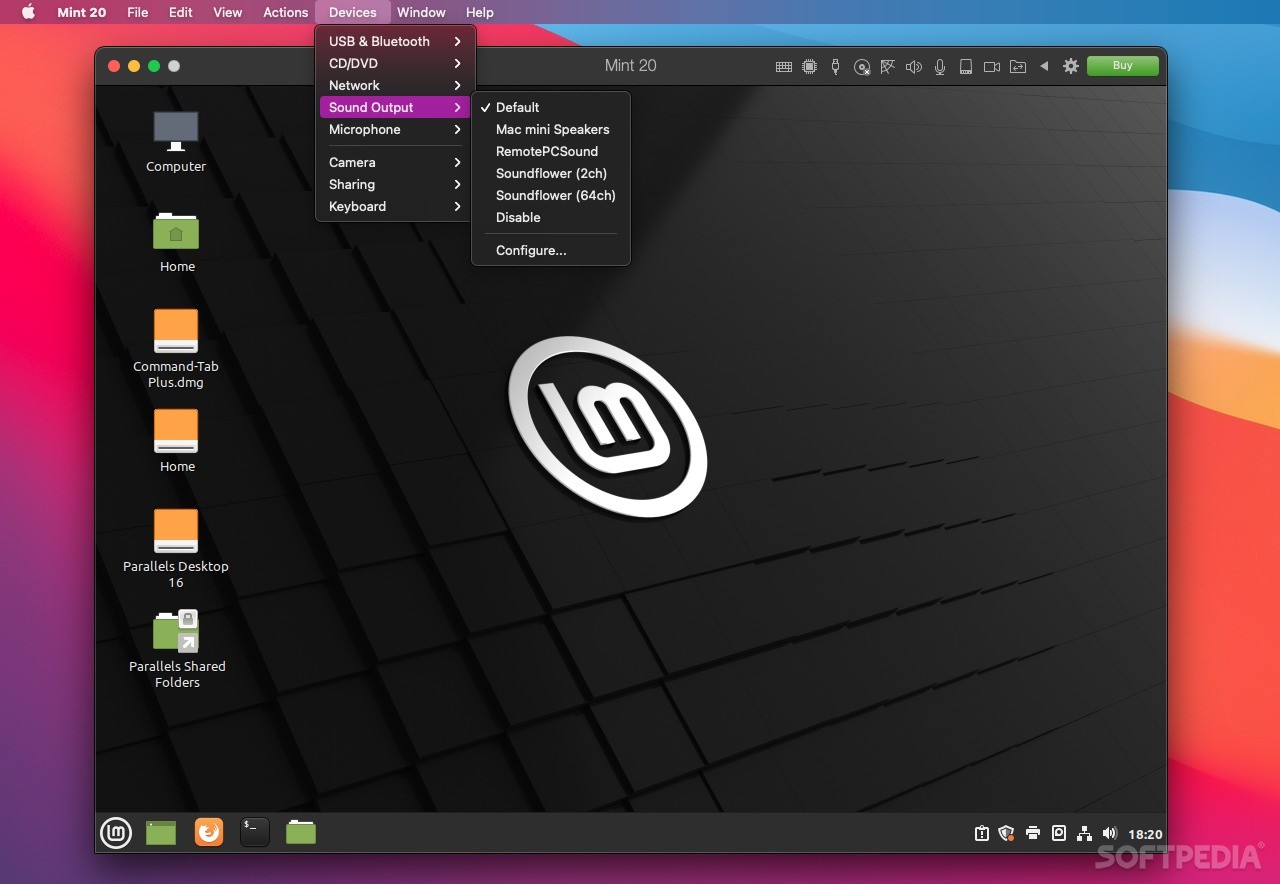
This is a nice spread of options to have, but we doubt many people are really buying Parallels to run Linux, especially inside a host OS that’s already built on UNIX. Once you’ve installed the Parallels Desktop app on an M1-powered Mac, it prompts you to pick a guest OS, with helpful links to ready-to-roll images for Ubuntu 20.04 LTS, Debian 10.7, Fedora Workstation 33-1.2, and Kali Linux 2021.1. Virtualisation can be a complicated business, but Parallels makes it pretty painless. Early versions have trickled out on a handful of lightweight laptops – notably Microsoft’s own Surface Pro X – but the only way to get an installer for your Mac is via the free Windows Insider programme, which means you can expect beta-quality code with no guarantees of performance or stability. The catch is that while Parallels Desktop may be ready for WoA, the OS itself is still a work in progress.
PARALLES FOR MAC INSTALL
Just as version one unlocked the potential of Apple’s then-recent switch to the Intel architecture, this one breaks new ground by allowing you to install and run Windows 10 on Apple Silicon. Yet arguably, this is the most significant release of Parallels Desktop since it first appeared in 2006.


Overall it’s not even consequential enough to warrant a full ticking up of the version number.
PARALLES FOR MAC UPDATE
For them, this update to the popular virtualisation software tidies up a few bugs and adds support for the latest version of the Linux kernel, but that’s largely it. After sixteen major releases, you might think there’s not much left to be added to Parallels Desktop – and for the vast majority of Mac users who are still using Intel CPUs, there isn’t.


 0 kommentar(er)
0 kommentar(er)
